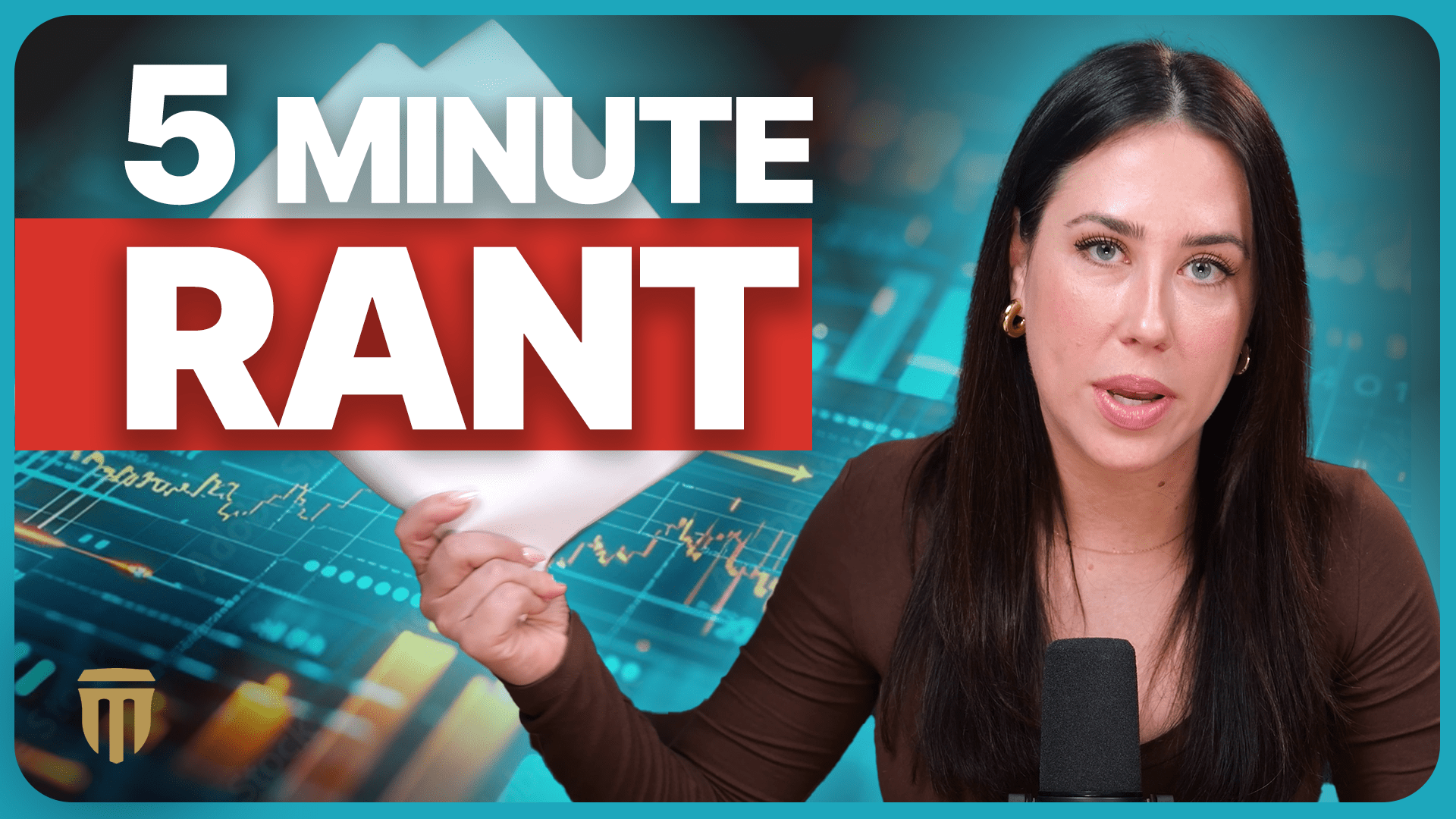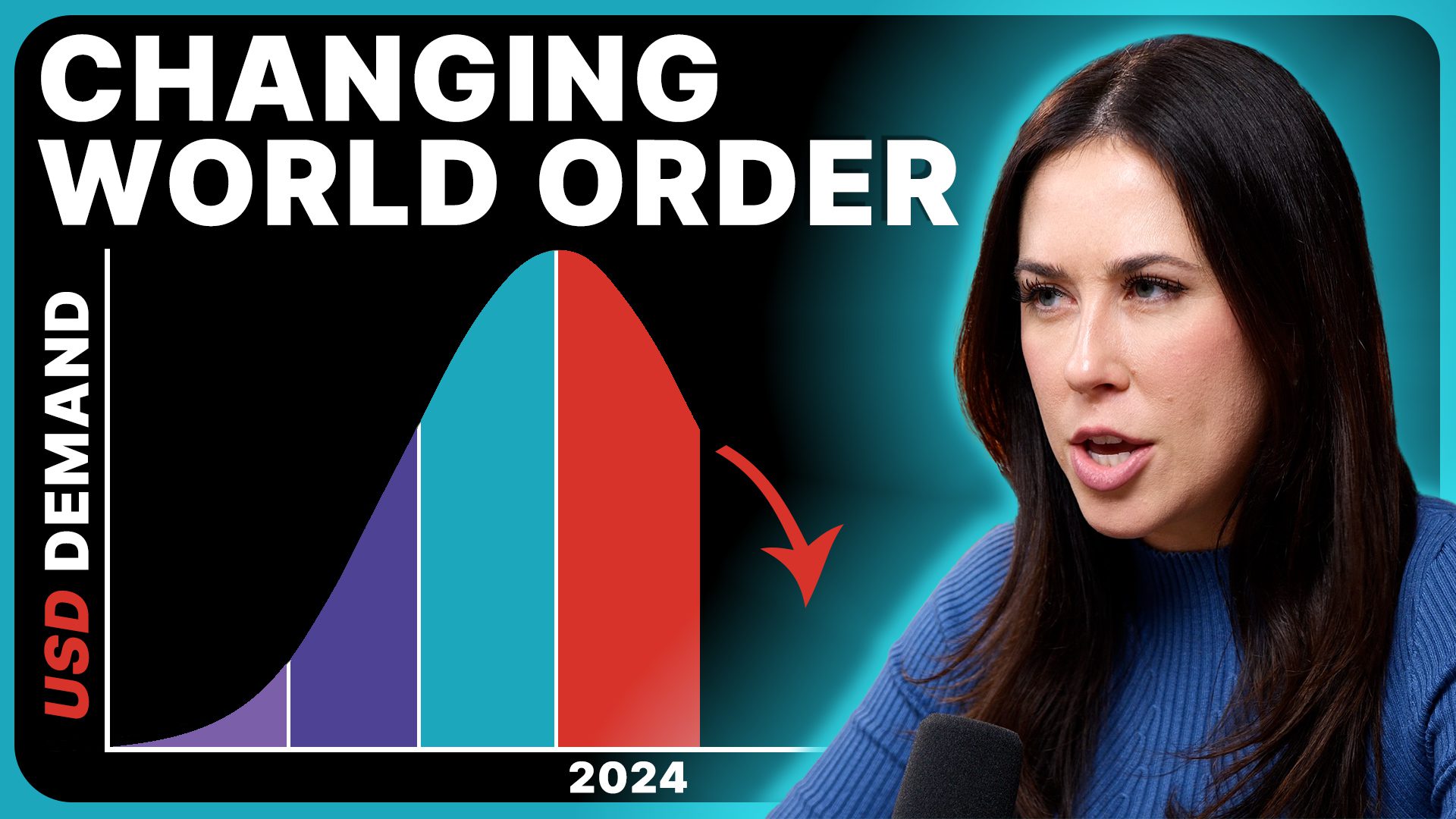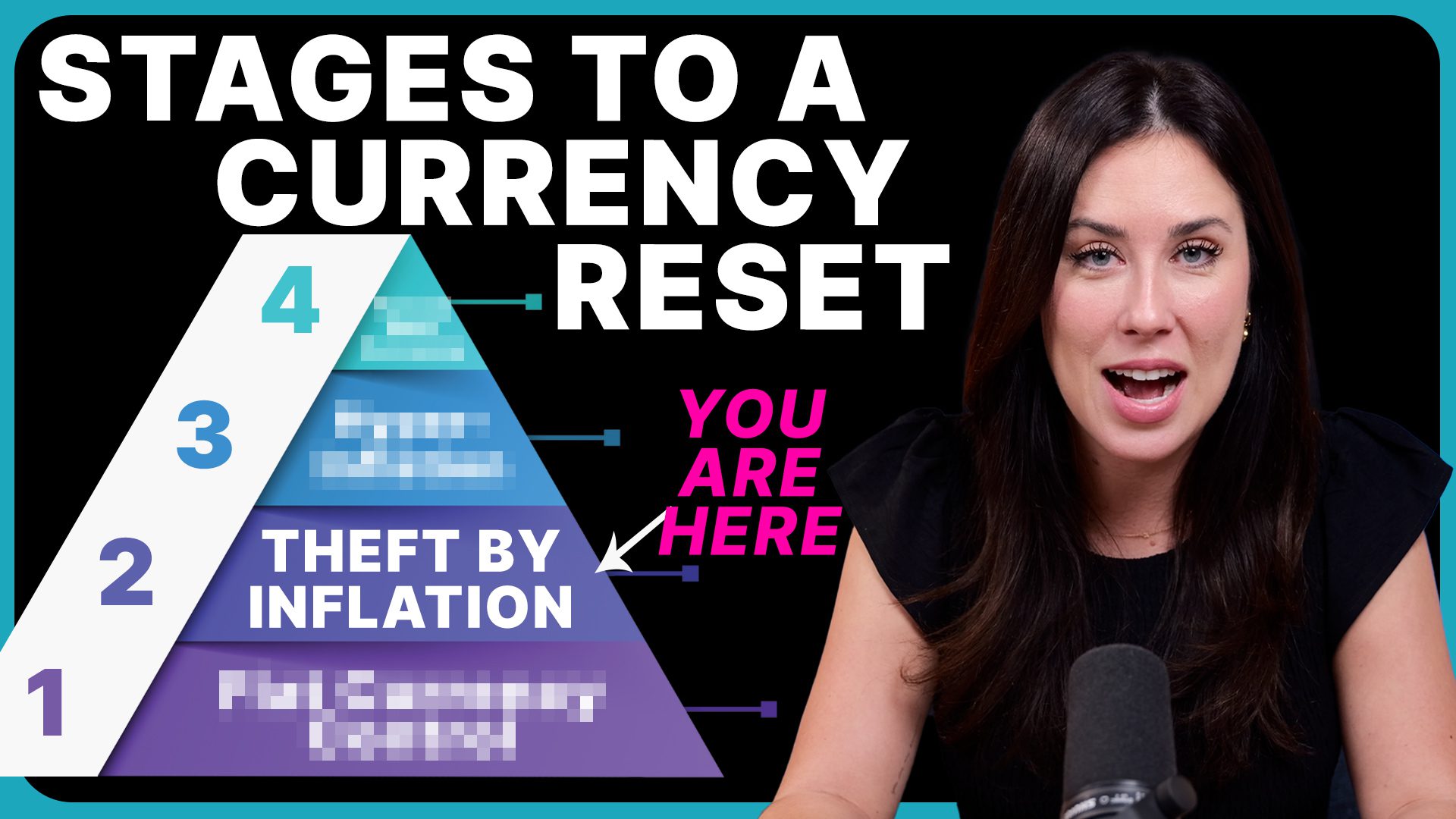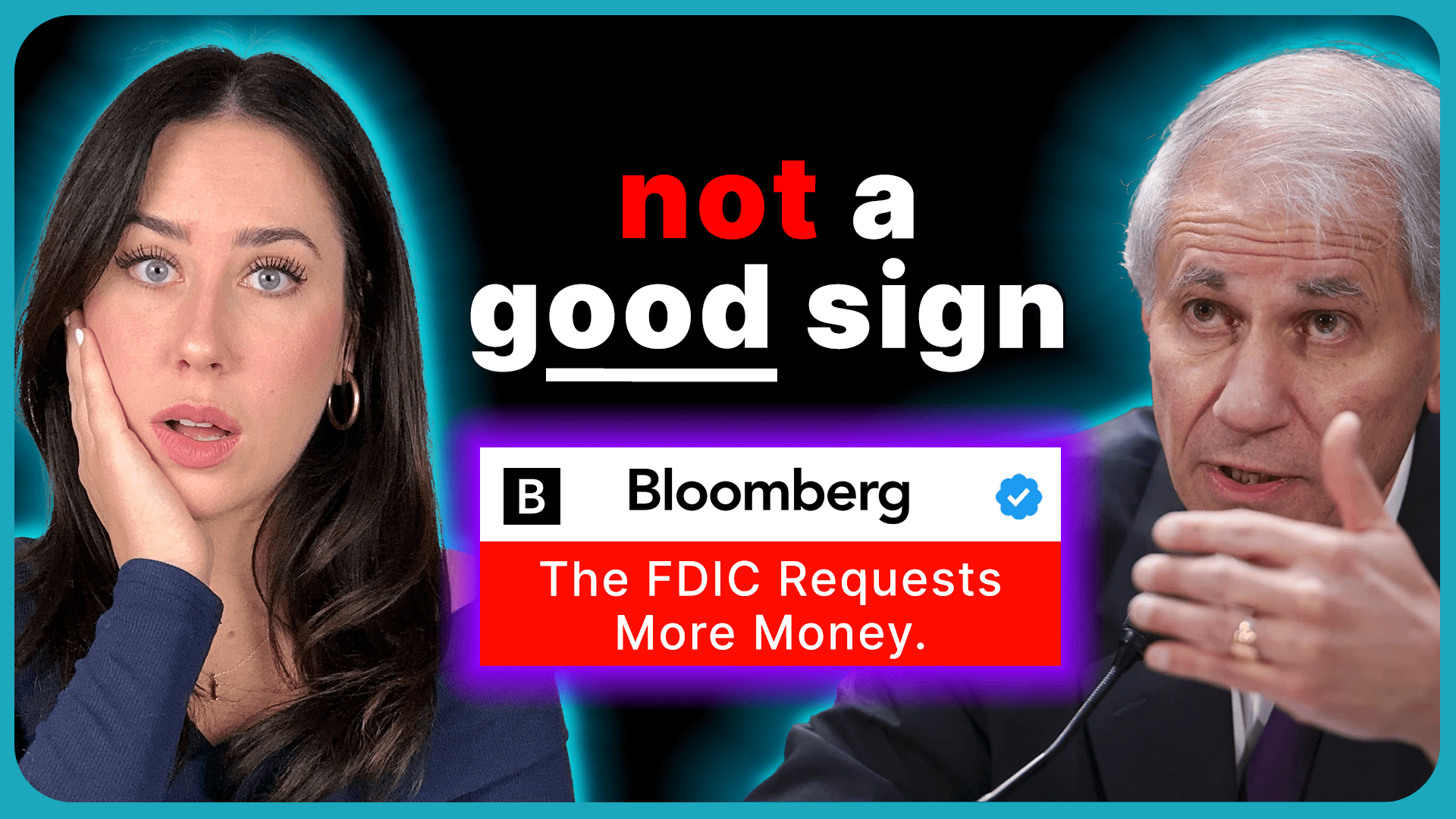Are you ready for an economic crisis that has no cure? Yes, I’m talking about the dreaded s-word, stagflation. But why is it considered by many to be the worst possible outcome? How close are we to stagflation right now? And how can you protect yourself?
I’m Taylor Kenney with ITM trading, your trusted source for all things gold, silver, and lifelong wealth protection.
Often considered worse than a recession due to the lack of tools available to combat it, stagflation is a deadly combination of persistent high inflation, high unemployment, and a stagnant economy. Those who lived through the stagflation of the 1970s are already very familiar with the pain that this word conjures up. Picture oil prices surging to over 300%, double-digit inflation rates set at 21%, and a sharp increase in unemployment. And it’s where we could be headed now.
Up until the 1960s, stagflation was thought to be impossible. A slowing economy and fewer jobs with higher prices just didn’t make sense. And this was in large part because the money supply was kept in check thanks to the gold standard. Once President Nixon officially decoupled the dollar from gold, money printing went out of control, which led to inflation until eventually stagflation came creeping in. As the money supply increases, prices increase, all while the value of your dollar decreases. Any of this sounding familiar?
Which is why many people are pointing to a modern-day stagflation scenario. But not everyone is as convinced. Federal Reserve Chair Jerome Powell just stated, “I don’t see the stag or the inflation.” How much of that do we think is truth? And how much of that is optics? Tell me what you think in the comments below.
But to be fair, let’s break down the three components to create stagflation today and see what we come up with. Starting with number one, a stagnant economy. This past quarter, the GDP increased at a rate of 1.6%, significantly down from Q4, which was at 3.4%, and way under the estimate of 2.4%. It’s tough to put a spin on this one, as the data is finally confirming what we’ve known forever: the economy is not doing well. The cover-up from cash injections couldn’t last forever. And on top of a lackluster GDP, the so-called strong consumer is also struggling, down from 3.3% in Q4 of last year. Stagnant economy. Check.
Number two, persistent inflation. There are countless ways that inflation is measured, but the two we hear the most about are the headline PCE and the core PCE. The headline PCE rose to 3.4% in Q1, up from 1.8% in Q4, and the core PCE, which excludes food and energy, also rose to 3.7% annualized. These are well above the Fed’s target of 2%, almost double. And if you’re scratching your head wondering why 3.7% doesn’t even seem to cover the prices that you’re experiencing, it’s because it’s important to keep in mind that the Consumer Price Index, the CPI for inflation, rose 19.6%, almost 20%, from January 2020 to January 2024. Persistent high inflation. Check.
And number three, the most debated is unemployment. Now, soft landing enthusiasts will claim that we are nowhere near stagflation because unemployment is low, we’re under 4% it’s not even at 4%. This magic arbitrary threshold of 4%. But the reality is, is that we’re at 3.8%. And if you ask me, that data isn’t even accurate. 3.8% unemployment does not mean that 96.2% of the population are gainfully employed. There are workers who settled for part-time but need full-time employment. Millions of people aren’t even being counted as unemployed because they haven’t been able to search within a recent timeframe for a variety of reasons. We also know that many people are not getting adequate hours or pay to meet their basic needs and financial security. We also know that unemployment is a lagging indicator, which means it does not indicate or predict when the economy is going to slow down; it reflects that slowdown. It comes after the fact. So with these most recent GDP numbers, it’s probably only a matter of time before that number starts to tick. Unemployment check.
So that’s where we’re at right now, of course. Make your own conclusions. But I will say JPMorgan CEO Jamie Dimon just said and I quote, “I point out to a lot of people that things looked pretty rosy in 1972. They were not rosy in 1973”. If you look at Q4 to Q1, so much has already changed. It begs the question, where are we going to be in Q2? Where are we going to be in a couple of months? The reason why so many are terrified of stagflation is that, unlike traditional monetary policy that focuses on economic expansion or contraction, in a stagflation scenario, every move that’s made to help one component ultimately hurts another. The Fed keeps rates higher for longer to fight inflation and the economy and jobs suffer. If the Fed moves to support the economy and jobs, then inflation continues to grow. And if we learned anything from the 1970s, it’s that inflation does not go away quickly.
I understand why people want to hold on to their savings, to their cash, for a rainy day, to have liquidity in these uncertain times, especially when the future is so murky. But we also know that with inflation and stagflation, your cash is going to be worth less over time. This is a lesson people have to learn the hard way. In the 1970s, from 1973 to 1979, inflation averaged 8.8% year over year; during that same time period, gold actually gained 35% on average year over year, which means that if you had $100,000 U.S. dollars in 1973, in savings or cash, and you left it alone, by 1979, you would have roughly $55,000 left in your purchasing power. So you would lose about half of your wealth or your savings. But if you had $100,000 worth of gold in 1973, and you left it alone, by 1979, in that same time period, you would have roughly $700,000 worth of gold. Why is this the case? Because physical, tangible gold is not only a hedge against inflation, it is the true store of value. So when the debt is rising and stability is decreasing, people’s wealth is being confiscated through inflation. The elite, the powerful, the people who protect themselves and see a better future, understand that gold is the answer.
My hope for everyone watching is that you understand this truth before you have to sit there and go through continual inflation increases and loss of your purchasing power. And while I think we all can agree that we want to preserve our wealth, we had it understand that that might look different for everyone. Everyone’s goals are different and therefore how exactly you protect yourself is different. Which is why I strongly recommend that if you haven’t already, click the Calendly link below and talk to one of our expert analysts who have decades of experience in helping people come up with custom strategies that make sense for you. And if you believe in this message, please be sure to like and subscribe. It helps us so much with spreading the word and getting this information out.
Thank you so much for watching. As always, I’m Taylor Kenney with ITM trading. Until next time.














